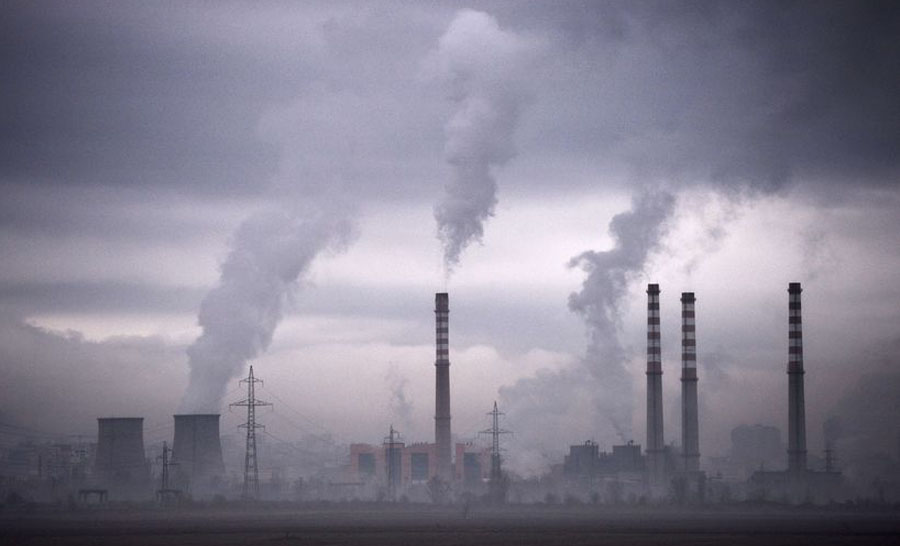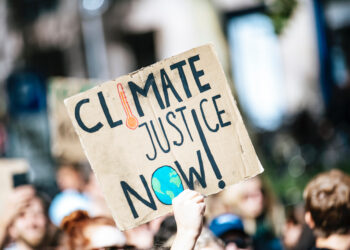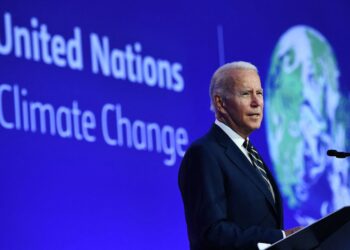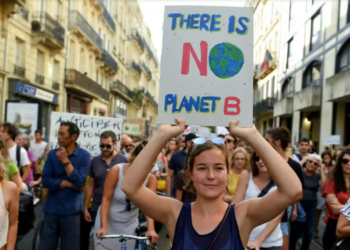In what has become a well-established routine, the latest major United Nations climate change conference has wrapped up with back slapping photo opportunities inside the venue and a collective shrug of shoulders outside. This time around a relative handful of people, largely powered by instant coffee at the end of marathon sessions, toiled away in harsh fluorescent-lit offices in a huge conference center in Katowice, Poland. There, they thrashed out the details of the rulebook that would shape our collective efforts to guide international action. An excellent summary of what was agreed is available via Carbon Brief.
It would be unreasonable to judge the outcome of this meeting in relation to the climate challenges we face given their magnitude. But this is exactly what we must do and consequently, UN Conferences of the Parties number 24 (COP24) was an abject failure.

This much we know. If we are to avoid the onset of a breakdown of the climate that has allowed human civilizations to develop and then thrive over the past ten thousand years, then we must limit warming to no more than 2 degree Celsius higher than pre-industrial periods. In fact, the previous major Conference of the Parties meeting in Paris in 2015 saw the international community agree to the even more ambitious target of 1.5 °C.
Reduction of Global Emissions
For this to happen, rapid and sustained reductions in global emissions must start immediately. Within 12 years all burning of fossil fuels must end. As insurmountable as that seems there is a pathway to this sustainable future. No one said it would ever be easy, but there is nothing physically impossible about what needs to be done. So how are we doing?
In short, not good.
For a few years, the global economy continued to increase at about 2 percent a year while global carbon emissions stayed flat. Some hailed this as the start of the fabled “decoupling” – the ability of the economy to continue to grow while emissions would actually fall. Last year was a reality check. Emissions were not flat last in 2017 – they rose 2.7 percent, the biggest increase for seven years.
So in some respects, it should come as no surprise that I have yet to meet anyone who works in climate change who thinks we are on track to limit warming to 1.5 °C. These conversations are always in private. Over coffee or beer. Perhaps whiskey in the early mornings. They range from the physicists who wrestle with turbulent flows, the computer scientists who have built the most complex series of models ever devised, the ecologists who document the change in the living planet, to the policymakers who work at the sharp end of affecting change.
The number that emerges from these very diverse interactions is not 1.5 °C or even 2 °C but 3 °C. That’s the collective intelligence on where we are heading. In some instances that’s what they think is the very best that could be achieved. They would stick at 3 °C rather than risking going bust beyond 5 °C.
The difference between a 1.5 °C and 3 °C warmer world is not “twice as bad.” It’s exponentially worse. The loss of land surface area due to sea level rise will be measured in thousands of square kilometers, the loss of economic value in the trillions of dollars, and loss of life in the many millions. It’s sometimes seen as impolite to point this out. We cannot scare people into despair and inaction.

But the simple fact of the matter is that if we do not very quickly stop burning coal and then oil and gas, we have no chance of meeting 1.5 °C or 2 °C. In fact, even under the most optimistic scenarios, we will still need to deploy “Negative Emissions Technologies” that will suck out billions of tons of CO2 from the atmosphere and safely store it underground. Somewhere. Because while there are some small-scale pilot projects that have demonstrated the feasibility of some of these techniques we are nowhere near being able to scale them up to make even a dent in atmospheric CO2 concentrations. In that respect, we have already failed to meet the climate challenge and are in danger of relying on magical thinking to avoid climate breakdown.
Responsibility
The only glimmer of hope from Katowice came not from the hundreds of pages of densely written text, but the remarkable performance of the 15-year-old Swedish school girl Greta Thunberg who clearly and calmly exposed the failure of the international community. Addressing the main conference she told the adults in the room the following:
“You are not mature enough to tell it like it is. Even that burden you leave to us children. But I don’t care about being popular, I care about climate justice and a living planet. Our civilization is being sacrificed for the opportunity of a very small number of people to continue making enormous amounts of money. Our biosphere is being sacrificed so that rich people in countries like mine can live in luxury. It is the sufferings of the many that pays for the luxuries of the few.”
Greta understands the climate challenge, as do the thousands of other school children around the world that have joined her school strike that demands governments put in place the required laws and taxes.
That Greta and other young people are not content to simply watch as their futures are systematically destroyed shouldn’t be surprising. They have most to lose. We older generations, we working in businesses, governments, and universities have the most responsibility. And power. Because it is in our hands to make a world that is safe and just for Greta, our children, and future generations.
Disclaimer: The views and opinions expressed here are those of the author and do not necessarily reflect the editorial position of The Globe Post.























